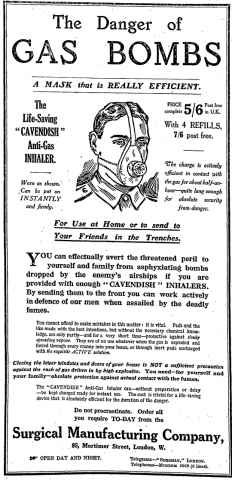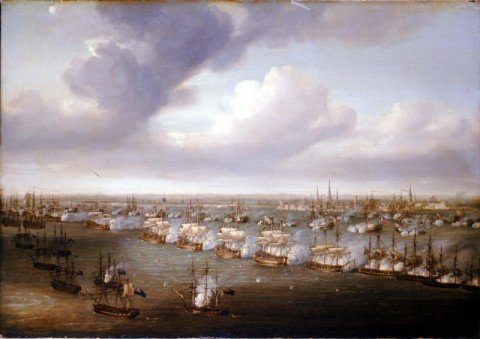Tuesday, 3 September 1940
Yesterday was another big day for aerial warfare (these headlines are from The Times, 4). Six hundred and fifty German aircraft attacked RAF aerodromes in south-east England; forty-six were shot down and the raids repulsed. Only thirteen British aircraft were lost. London had more air-raid warnings during the day but suffered nothing worse than that.






